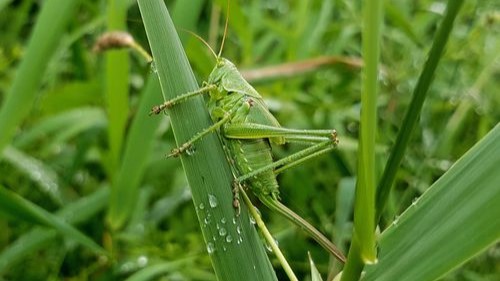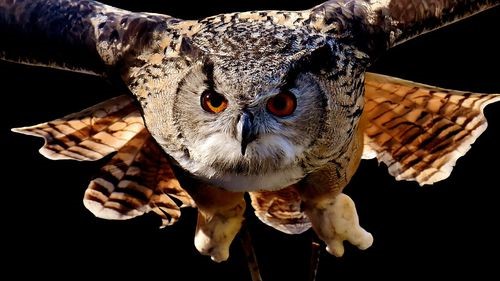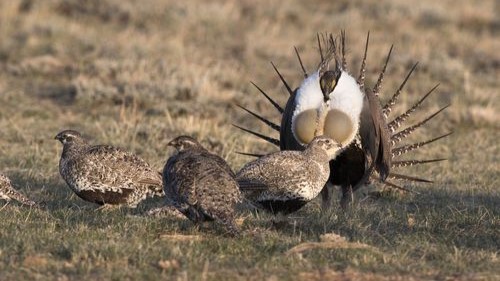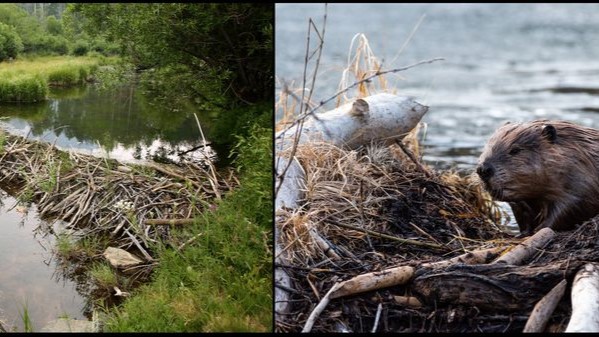When people travel to a beach, they are often surrounded by hotels, private homes, and tourist attractions.
Elementary and high school students who visit the northern shore of Oahu see something much different. They get to look back in time to see what this island might have looked like hundreds of years ago, before any people lived there.
“We host school groups from third grade through high school,” said Tim Tybuszewski, director of the conservation program for the North Shore Community Land Trust. “They can see what a coastline ecosystem looked like before people lived in the area. We show them important habitat for ground nesting seabirds, as well as native plants and coastal trees.”
About 25 years ago, people who lived on Oahu, one of the Hawaiian Islands in the Pacific Ocean, formed the North Shore Community Land Trust. They had the opportunity to stop development along the northern part of the island. They wanted to restore and protect the land near Kahuku Point, known as Kalaeokaunaʻoa in Hawaiian.
Now, more than 600 protected acres contain sand dunes, wildlife, and native plants that are rare on the island. The area also includes about nine miles of public hiking and biking trails that lead out to the coastline and are available to everyone.
Volunteers, including students, help pull weeds and plant native species that have important “medicinal and ceremonial uses” to native Hawaiians. This means they use the native plants for special occasions and ceremonies. Volunteers also work to remove ironwood trees and other invasive species.
“It is hard work,” Tybuszewski said. “There are lots of weeds to pull.” He gets help each year from a high school or college-age student who wants to learn about conservation practices. The students are paid a salary through a special network of national service programs called AmeriCorps.
“We give them opportunities to learn how other conservation organizations work also,” Tybuszewski said. “We get much-needed help, and they get lots of experience in different areas to know what they want to do next.”
Another task for protecting the land is picking up trash from the beach. Oahu sits just south of the North Pacific gyre, a system of currents in the ocean. Plastic trash is driven by the wind and water and ends up on the beach. “We get crates from Japan, eel traps from Korea and China, spray bottles from Canada and California, for example,” Tybuszewski said. “Single-use plastic is a big problem on beaches all over the world.”
Although there is still much work to do, he is excited about the progress they have made so far. Seabirds, including albatross, are starting to nest in the area for the first time in more than 20 years. The beach also provides nesting areas for threatened Hawaiian hawksbill and green sea turtles, as well as birthing and resting areas for the endangered Hawaiian monk seal.
“Kahuku Point is an identical ecosystem to some of the smaller, uninhabited islands near Oahu,” Tybuszewski said. “Our higher elevation is safer from sea level rise. By creating new nesting habitat for seabirds, we can prevent them from becoming endangered.”









